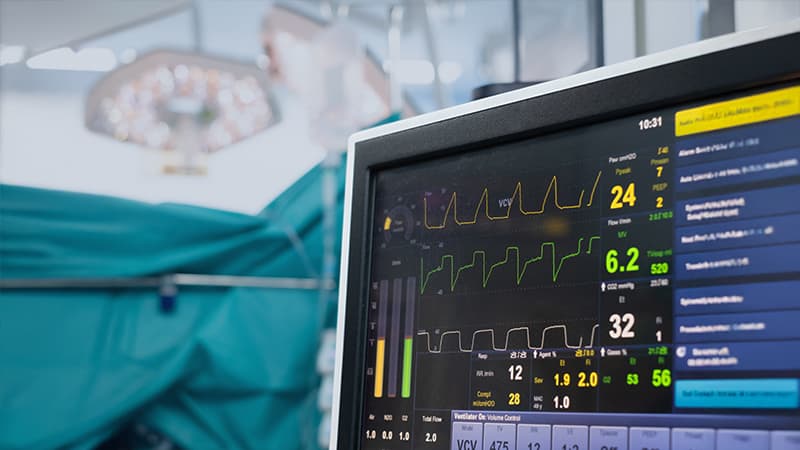How Life Sciences Companies are Solving the Organ Transplant Crisis
October 2024
How Life Sciences Companies are Solving the Organ Transplant Crisis

The global organ transplantation crisis is both a result of and a response to the advances of modern life. Technological breakthroughs, rising wealth, and the increasing average lifespan have allowed us to combat many diseases, but have also contributed to a population that suffers from chronic illness, obesity, and the inevitable effects of aging.
These factors contribute to a massive demand for organs that outstrips supply. In the US alone, over 100,000 people are currently on the transplantation waiting list, with on average 17 people dying each day waiting for an organ.
Today, it stands that 90% of US adults support organ donation, but only 60% are signed up as donors.
What steps are being taken to address the organ shortage?
Organ transplantation has saved countless lives, but it is still fraught with challenges. So what’s being done to tackle this growing problem? Several potential solutions are in development, including:
Scientists continue to refine methods for better matching donors with recipients, reducing rejection risks, and improving organ preservation.
Some have proposed policies that follow the UK’s donation law that automatically registers individuals as organ donors unless they ‘opt out’, or systems that prioritize certain patients based on medical need.
In recent years, the idea of using animal organs for human transplants has gained traction. The FDA approved the first pig-to-human organ transplant in 2023, which could open the door for more animal-to-human transplants in the future.
Companies are continuing working on synthetic organs and artificial devices that can be used in transplant procedures.
One promising development is the hybrid heart, which combines stem cells and biotechnology to create a functioning heart that could avoid organ rejection.
The booming organ transplantation market
The organ transplantation industry is projected to grow significantly in the coming years, with the global market expected to reach $90 billion by 2031. While big pharmaceutical companies have been slow to enter this space, biotech start-ups are driving innovation.
The artificial organ market is also set to expand dramatically, with forecasts predicting a $30 billion market by 2025. As advancements in stem cell research, biotechnology, and organ engineering continue, we may soon see solutions that not only address the organ shortage but also revolutionize the way transplants are performed.
Attracting transplantation talent
The race to develop and implement these innovations is not only a matter of technology, but also human resources. As the demand for breakthroughs in organ transplantation rises, there is an increasing need for skilled professionals. Life sciences companies, especially biotech start-ups, are competing for a limited pool of talent with expertise in transplantation research and development.
According Jae Yoo, Executive Director of EPM Scientific New York, there’s been a marked increase in demand for professionals with experience in transplantation. Only about 3% of the life sciences workforce has experience in this niche field, making recruitment highly competitive. As the sector grows, companies will need to offer more flexible, attractive work environments to recruit and retain top talent.
In a highly competitive market, it is crucial to manage your most important resource: people. Get in touch with EPM Scientific today to discuss how to effectively attract research and development talent.
